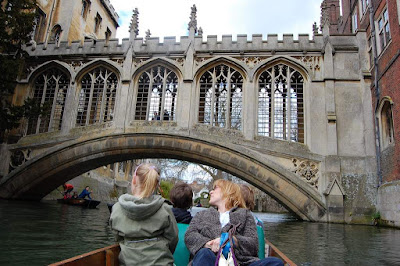A few years ago I was invited by my daughter and her husband to spend a week in Tuscany during the school autumn break. The very word Tuscany seems to sum images up romantic views of sun drenched olive groves and vineyards,
and of towns that have changed little since the middle ages. The towns we visited did not disappoint. The wide piazzas and the fascinating narrow streets and splendid architecture are probably unequalled anywhere in the world. The amount of artistic and cultural history in this part of Italy stuns the mind and the imagination. It is no wonder that English aristocrats in preceding centuries always included Tuscany in their Grand Tours. The only problem we faced was our expectation of a sun drenched landscape. Our visit coincided with a severe cold snap caused by a wind sweeping down from the Alps. I shivered throughout!
Below is a typical piazza in Tuscany.
I took this shot of an annual street market. You simply pay an fee on entering and then you can saunter about and taste all the local produce that appeals to you. Here are some vendors slicing some very tasty salamis for passers by to sample.
Of course, wherever you go you meet the most amazingly elegant Baroque churches, even in the smallest towns.
I was wandering around this interesting town when I saw this view of a typical Tuscan scene - an attractive jumble of roofs all covered with ochre- coloured tiles
This shot is of the world-famous Ponto Vecchio in Florence. It is lined by shops - mainly jewellers today - but it was lined by butchers shops in the middle ages. The retreating German army in 1944, when told to dynamite it, refused to destroy this world famous landmark; instead they blew up the roads approaching the bridge.
In the middle of the main square in Florence is a memorial plaque that few seem to notice. It marks the spot where in 1498 the Florentine authorities burned alive, with exquisite cruelty, one of their most illustrious sons, Girolamo Savonarola.
Savonarola was a Dominican monk with a passion to reform the Roman Church of his day. He was scandalised by the worldliness of the Papacy, where Pope Alexander Sixth lived a life of debauched luxury. He had mistresses and at least five illegitimate sons. He was more akin to a degenerate Roman emperor than to a prince of the church. Savonarola also attacked in fiery sermons the lives of the local priests and merchants, who seemed to be more interested in Aristotle and Plato than in the Bible and whose lives were consumed by vanities.
All this was a bit too much for the pleasure-loving Florentines. He was tried, found guilty and summararily executed and his ashes thrown into the river Arno.
It would take another monk, in another country, and nearly twenty years later, before a serious Reformation became possible. Luther was in Germany, living under princes who sympathised with his message, when he published his theses at Wittenberg. in 1517. In Italy he could have met with a like fate to Savonarola's
















































